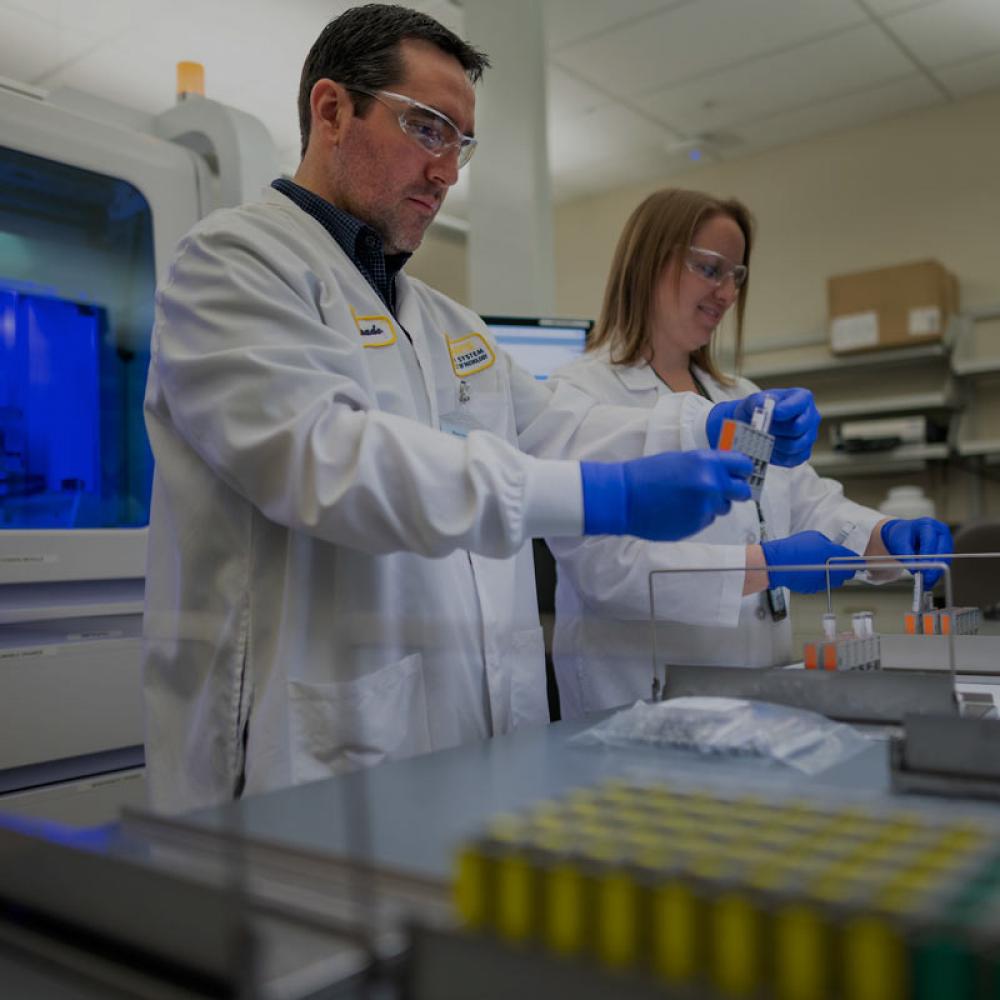
In 1997, when broadband communications and the “World Wide Web” were both in their infancy, two UC Davis professors and a graduate student came up with a better way to route data in fiber optic networks. The “wavelength selective switch,” or WSS, uses two micro-mirror arrays, consisting of many miniscule mirrors, that can separate the input optical beams by wavelength and then redirect the signals. Their patented technology became a critical component for data transmission in multi-wavelength fiber optic communication systems around the globe, bringing internet and phone traffic to millions of people.


